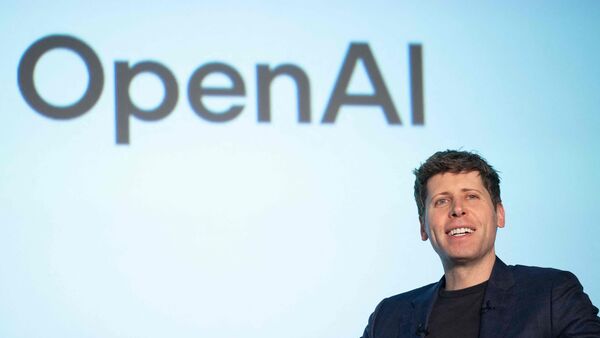Sam Altman’s Non-Invasive Brain-Computer Interface Challenge to Neuralink
OpenAI CEO Sam Altman is expanding his technological ambitions beyond AI chatbots into brain-computer interfaces through his startup Merge Labs, which aims to rival Neuralink with a non-invasive approach using ultrasound technology.
Key Takeaways
- Sam Altman co-founded Merge Labs to compete with Neuralink
- The startup uses ultrasound for non-invasive brain communication
- Biomolecular engineer Mikhail Shapiro has joined the project
- Altman explicitly rejects Neuralink’s surgical approach
Altman’s Expanding Tech Portfolio
Beyond leading OpenAI, Altman has been diversifying his technological investments. He recently introduced ChatGPT Atlas browser and is working on hardware with former Apple designer Jony Ive. He also co-founded Worldcoin, developing iris-scanning technology for human verification.
The Neuralink Alternative
Merge Labs, co-founded with Alex Blania, focuses on developing technology for direct brain-computer communication without invasive surgery. The approach fundamentally differs from Neuralink’s surgically implanted chips and threads.
Scientific Leadership
Altman has recruited award-winning biomolecular engineer Mikhail Shapiro to join Merge Labs. Shapiro’s Caltech engineering lab has pioneered noninvasive techniques for neural imaging and control, specifically using ultrasound to interact with the human brain without open-skull surgery.
“It is my mission to develop ways to interface with neurons in the brain and cells elsewhere in the body that would be less invasive,” Shapiro has stated.
Altman’s Personal Stance
The OpenAI CEO has been vocal about his preference for non-invasive methods. During an August press dinner, he explicitly rejected Neuralink’s approach, stating:
“I would definitely not sew something to my brain. I would like to be able to think something and have ChatGPT respond to it… Maybe I want read-only. That seems like a reasonable thing.”
Long-Standing Vision
Altman’s interest in human-AI integration dates back to 2017 when he published a blog post titled “The Merge” – just one year after co-founding OpenAI with Elon Musk and others. In that post, he articulated his vision of ongoing human-AI co-evolution.
“I believe the merge has already started, and we are a few years in. We are already in the phase of co-evolution — the AIs affect, effect, and infect us, and then we improve the AI,” he wrote.




